A cranial cruciate ligament (CCL) tear is a common orthopedic injury in pets, particularly in dogs. Similar to a person’s anterior cruciate ligament (ACL), a pet’s CCL plays a crucial role in preventing the tibia (i.e., lower leg bone) from sliding forward to the femur (i.e., upper leg bone) and stabilizing the knee joint. When this ligament is torn or damaged, your pet can experience pain, lameness, and decreased mobility. Santa Monica Veterinary Group explores the causes, diagnosis, and treatment options for CCL tears in pets.
Cranial cruciate ligament tear causes in pets
CCL injuries are classified into two categories: chronic and acute. If your pet’s condition is chronic, their CCL deteriorates over time and is often related to aging. However, injuries usually cause acute CCL tears. Cruciate ligament ruptures occur for various reasons, including:
- Trauma — Sudden knee joint twisting or impact can cause the CCL to tear. Trauma typically results from running, chasing, or other high-impact exercise.
- Degeneration — Over time, ligament wear and tear can lead to degeneration and eventual tearing. This CCL injury type is considered chronic or progressive.
- Breed predisposition — Some breeds, such as Labrador retrievers, rottweilers, and Newfoundlands, are susceptible to CCL tears because of certain genetic factors and anatomical traits.
- Obesity — Excess weight strains the knee joint, increasing ligament injury risk.
Cranial cruciate ligament tear signs in pets
Pets’ most obvious CCL injury sign is limping. However, other signs can also indicate that your pet has a CCL tear such as:
- Lameness — If your pet has difficulty bearing weight on the affected leg, which may worsen with activity, they may have a CCL injury.
- Swelling — Noticeable swelling or inflammation around the knee joint is another telltale ligament injury sign.
- Pain — A pet’s discomfort signs, such as reluctance to move, difficulty climbing stairs, or yelping or howling when they move, can indicate pain.
- Joint instability — Your pet’s knee joint may feel loose or unstable.
- Crackling or popping sound — When your pet tries to walk, you may hear a crackling or popping sound caused by the bones rubbing together.
Diagnosis and treatment options for cranial cruciate ligament injury in pets
Diagnosing a pet’s CCL tear often involves a combination of physical exam, X-rays, and advanced imaging techniques such as magnetic resonance imaging (MRI) or computed tomography (CT) scans. Your Santa Monica Veterinary Group veterinarian will examine your pet’s affected limb for instability and perform manipulation tests to assess their ligament’s integrity. X-rays can help rule out other lameness causes and evaluate joint damage severity.
Treatment for CCL tears in pets can vary depending on the injury’s severity, the pet’s age and size, and the owner’s preferences. Standard treatment options include:
- Conservative management — Conservative management may be recommended in cases of partial tears or in older or smaller dogs. This intervention strategy involves rest or immobilization, anti-inflammatory medication, physical therapy, and for an obese pet, weight management to reduce additional stress on the joint.
- Surgical intervention — If your pet has a severe tear or is a younger, active dog, your veterinarian may recommend surgery to stabilize the knee joint and prevent further damage. Several surgical techniques are available, including:
- Extracapsular stabilization — This type of surgery involves placing a suture outside the joint to mimic the torn ligament’s function.
- Tibial plateau leveling osteotomy (TPLO) — The TPLO procedure alters the tibia’s angle to reduce stress on the CCL. After cutting and leveling the tibial plateau, the veterinary surgeon stabilizes the tibial plateau using a plate and screws, thus eliminating the need for the ligament.
- Tibial tuberosity advancement (TTA) — Similar to TPLO, TTA changes the knee joint’s biomechanics by cutting the tibia and moving it forward to stabilize it.
Arthroscopy — Arthroscopy is the least invasive method of visualizing the structures of the stifle, cranial, and caudal cruciate ligaments. The technique offers enhanced visualization and magnification of the joint structures. This procedure is only feasible for partial ligament tears and injuries and not suitable for more severe ligament ruptures.
Your veterinarian will recommend the most appropriate surgical option based on your pet’s needs and circumstances. CCL injury recovery time is estimated at 12 weeks and involves activity restriction, medications, and sometimes physical therapy. Recovery is truly a matter of patience for you and your pet, but the outcome will be much better when you adhere to your veterinarian’s postoperative guidelines.
A CCL tear is a common orthopedic problem in pets that can cause significant discomfort, limited mobility, and a decreased quality of life. However, through early recognition and appropriate treatment, your pet’s pain can be minimized and long-term joint damage can be prevented. If you suspect your pet has a CCL tear, consult Santa Monica Veterinary Group for a thorough evaluation and treatment plan tailored to your furry friend’s needs.


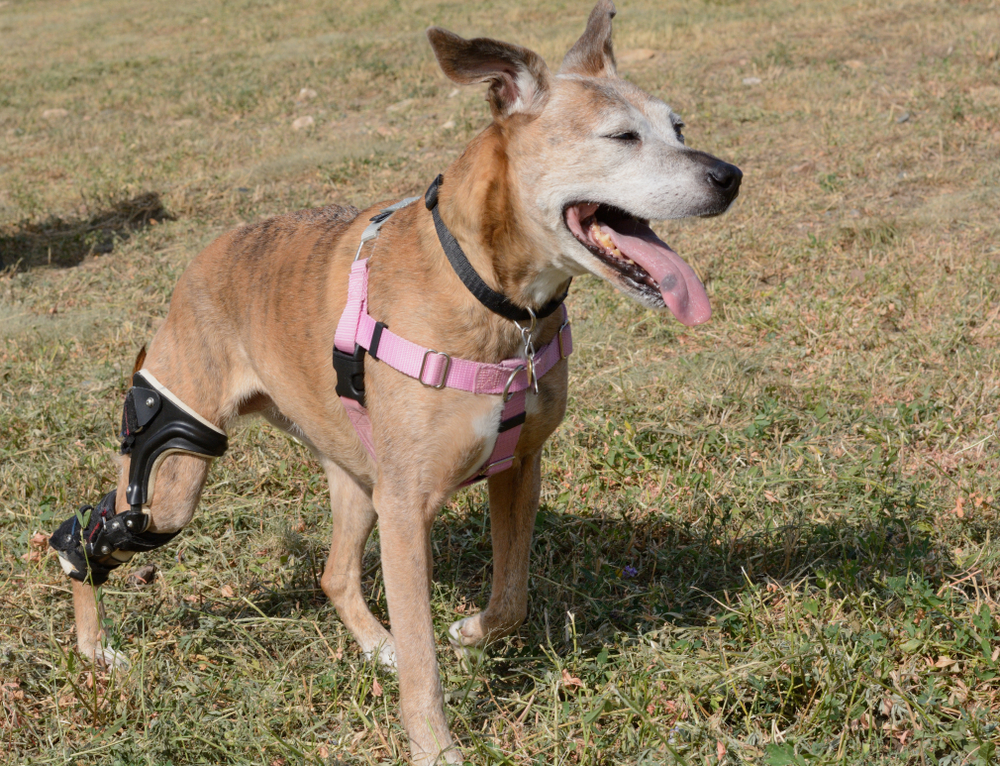
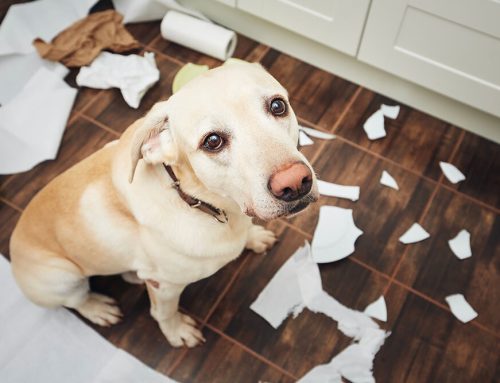
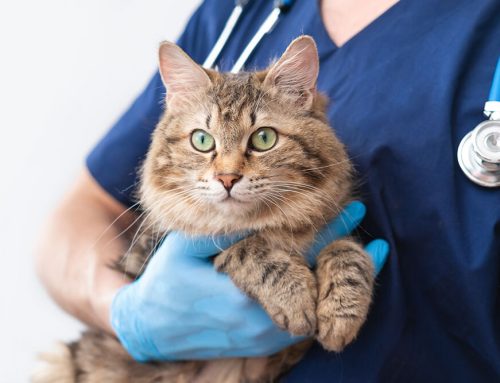
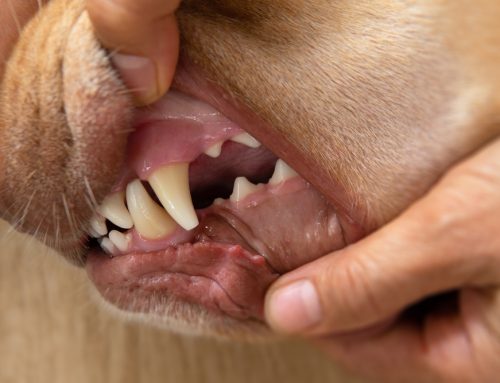
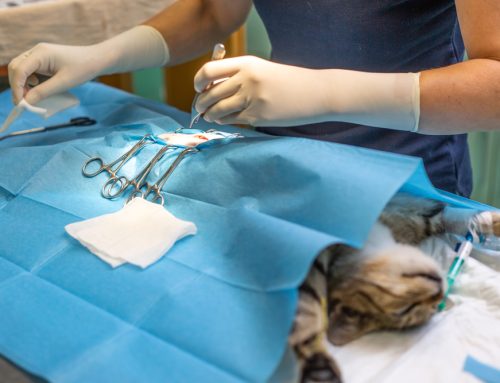
Leave A Comment